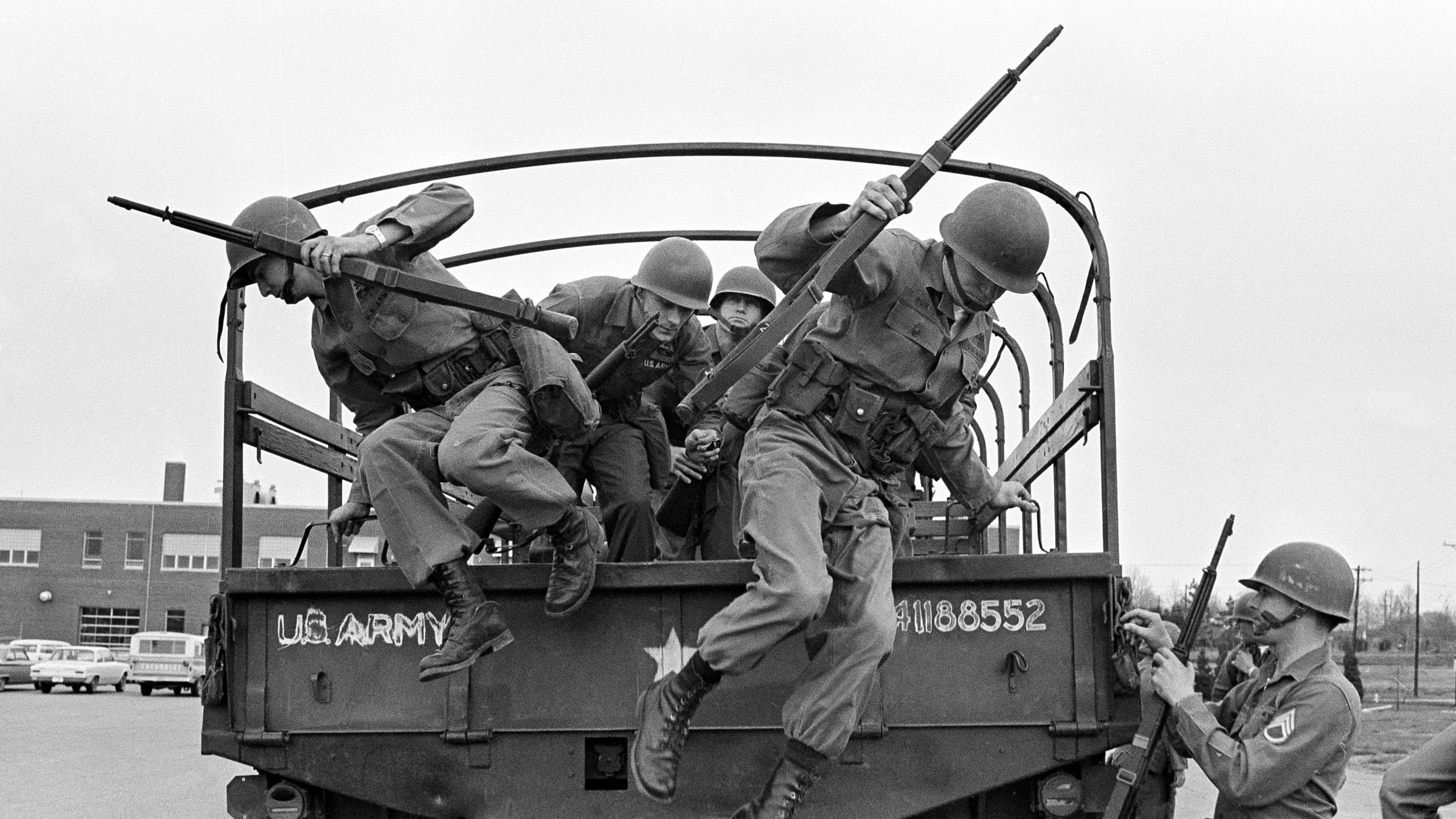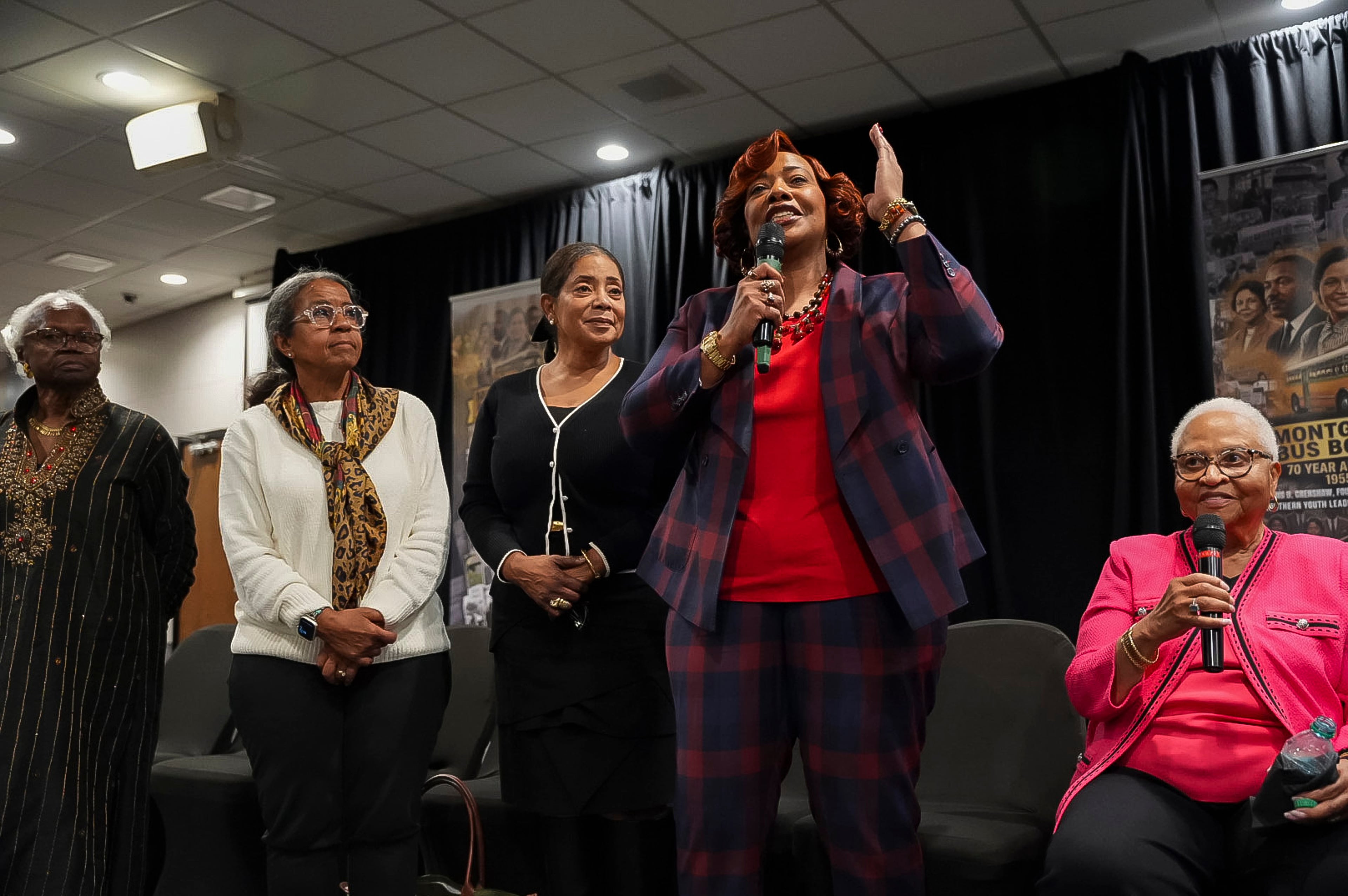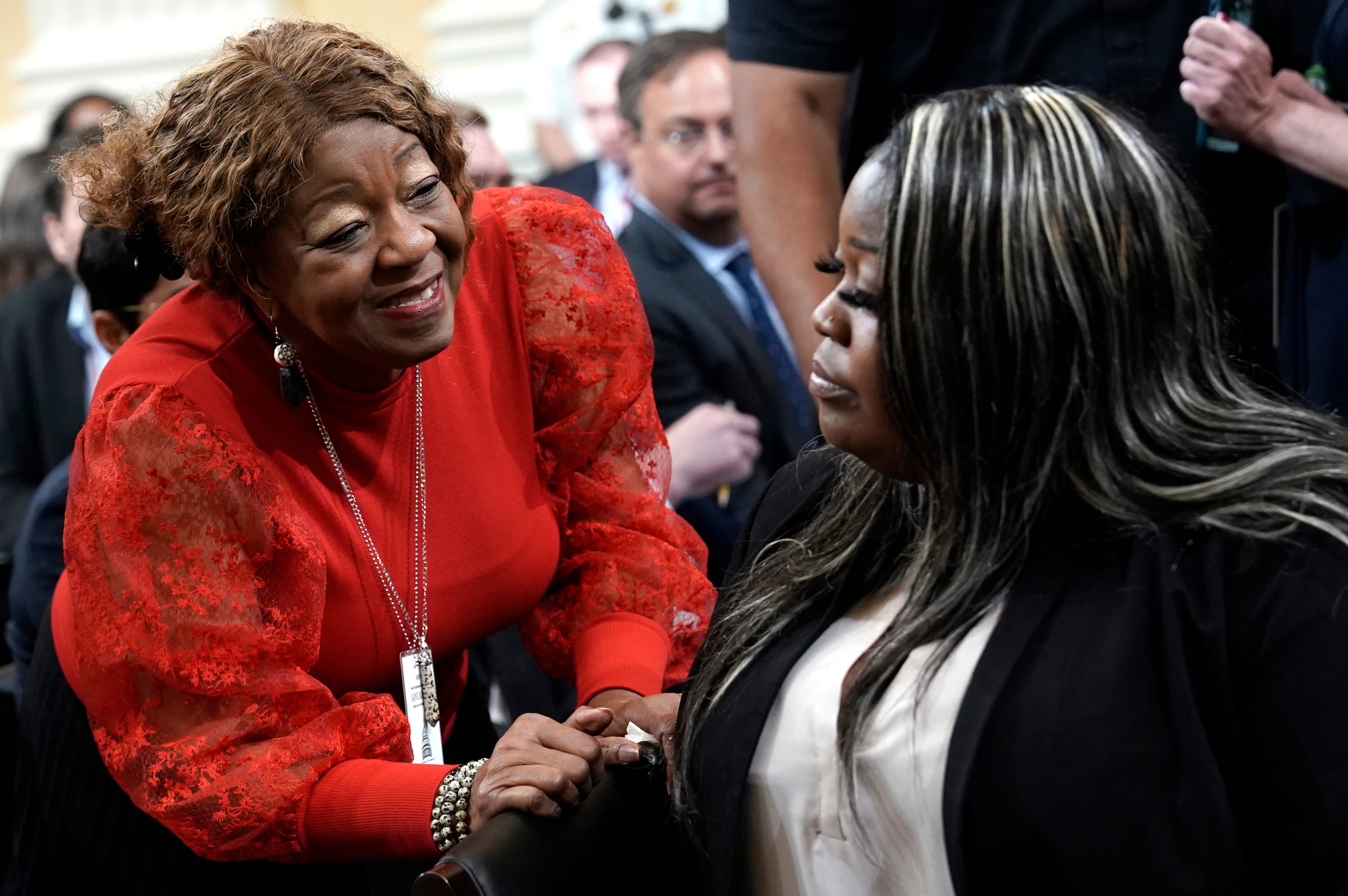As the National Guard enters Memphis, memories of MLK and 1968 unrest resurface

MEMPHIS, Tenn. (AP) — As National Guard troops arrive in Memphis, the memory of thousands of them with bayonetted rifles and tanks in 1968 is still fresh for Joe Calhoun. Back then, he marched in the streets with sanitation workers and the Rev. Martin Luther King Jr.
King had come to support some 1,300 predominantly Black sanitation workers striking to protest inhumane treatment after a malfunctioning garbage truck killed two laborers. King led a demonstration in late March, but it turned violent when police and protesters clashed and an officer fatally shot a 16-year-old. The National Guard quickly lined the streets in response.
“You felt very uncomfortable just going about your daily routine, especially at night,” Calhoun said. “They were stopping cars and randomly picking people out.”
Al Lewis, then 14, still recalls a week later when Walter Cronkite said on television that King had been shot and killed in his city. Almost immediately, gunfire erupted in a cacophony Lewis said he had not heard in such volume other than on New Year’s. The National Guard quickly returned, and he saw military vehicles and troops downtown during the day and Guard members on neighborhood night patrols.
President Donald Trump announced last month that the National Guard would be deployed to combat crime in Memphis alongside authorities from a slew of federal agencies. Republican Gov. Bill Lee, who supports the effort, said the troops would be deputized by the U.S. Marshals Service to “play a critical support role” for local law enforcement. Guard members won’t have tanks, according to the city.
At least nine armed Guard members wearing fatigues patrolled Friday near the Pyramid, an iconic Memphis landmark, and at a visitor welcome center along the Mississippi River. Troops donned protective vests with “military police” on them and had guns in holsters.
While state and federal authorities have been increasingly visible, troops have yet to be seen in large numbers. It was unclear how many Guard members were on the ground or expected to arrive later.
For years, Memphis has dealt with high violent crime, including assaults, carjackings and homicides. While this year’s statistics show improvement in several categories, including murders, many acknowledge that violence remains a problem.
The city is a majority Black epicenter for civil rights, where residents like Calhoun and Lewis remember the Guard responding during more than one period of unrest. A decade after King's assassination, troops were in Memphis during a strike by firefighters and police when parts of the city were set ablaze.
Calhoun, 75, remains an activist and recently marched against the current deployment. He had hoped he would never again see the National Guard in his city.
“I’ve got four grandchildren, so much of what I do is to help make a better world for them, so they don’t have to go through the same thing. But it’s taken a lot longer than I thought it would,” he said.
Memphis is at ‘key moment,’ the governor says
Lee has previously said he doesn't expect many more than 150 troops in Memphis, though he's since said there is no estimate.
“You talked about the National Guard being in Memphis at key moments; I think this is a key moment for that city,” Lee said in responding to a reporter's question. “They’ve been plagued with violence.”
Memphis was among several places in the South where the National Guard was deployed during the Civil Rights Movement, including Little Rock, Arkansas; Oxford, Mississippi; and places in Alabama.
A ‘show of strength’ in 1968
Looking back at 1968, Calhoun recalled sleeping in the Clayborn Temple and making the now-famous “I AM A MAN” signs for sanitation workers. And he remembers officers throwing tear gas into the church.
Associated Press accounts document the ensuing military presence, including this description from March 30, 1968: “Heavily armed police and 4,000 national guardsmen, sent to preserve order … patrolled the area around historic Beale Street. Plyboarded shop fronts and broken glass stood as testimony to the Thursday violence.”
As demonstrators emerged from Clayborn Temple for another mass march, AP documented how “the National Guard roared past in a show of strength which included four armored personnel carriers with mounted .30 caliber machine guns, six jeeps and several trucks filled with personnel.”
King blamed violence surrounding the marches on a “small group of young militants.”
“I wouldn’t have come if I had known the outbreak of violence was possible,” King said in an AP account. “I would have held up the march.”
Calhoun said the soldiers, some armed and others in armored vehicles, presented “a very imposing sight for young kids to see that on the way to school, to see that on the way to church or whatever. So, we do not want to see that at all.”
Additionally, he said Guard members at checkpoints targeted and harassed people who attended the 1968 marches downtown.
Troops return after King's killing
A week after the violence, King was back in Memphis, where he promised to lead a second, peaceful march despite a federal court order against it. But he was killed by a sniper while standing on the balcony of the Lorraine Motel on April 4.
The assassination sparked civil unrest in Memphis and other U.S. cities.
Some 4,000 National Guard troops were reactivated in Memphis and a curfew reimposed, according to AP reports.
Lewis, now 71, saw Guard vehicles and armed Guard members on foot in the downtown area, but he never saw them fire their weapons or get physical with anyone. He did see some young men throw Molotov cocktails into a furniture store, setting it ablaze.
“I didn’t know what was happening. It was like an invasion of sorts,” Lewis said. “I felt fear and excitement, if you can understand the two happening at once. I didn’t know what was going to happen and how far it was going to go.”
Once used to put out fires, today's Guard may be ‘beautifying’ Memphis
In 1978, Lewis was working for the U.S. Postal Service when local police and firefighters went on strike. Because of his job, he was allowed to drive home from work and pass through Guard checkpoints in the early morning darkness, despite a curfew. He recalls Guard members putting out fires.
“The police and the fire department were on strike, and there were a lot of fires being set and a lot of looting going on,” Lewis said. “Still, I didn’t feel the same menace that I felt like I did when King got killed.”
Mayor Paul Young, a Democrat, has listed some roles he thinks the Guard could help with now. They include monitoring police cameras, “beautifying” neighborhoods, or helping homeless people.
Young has referenced the deployment after King's assassination, saying he understands community fears about the upcoming action.
“We don’t want to invoke those same images here,” Young said.
___
Mattise reported from Nashville, Tennessee. Associated Press corporate archivist Sarit Hand in New York contributed.

